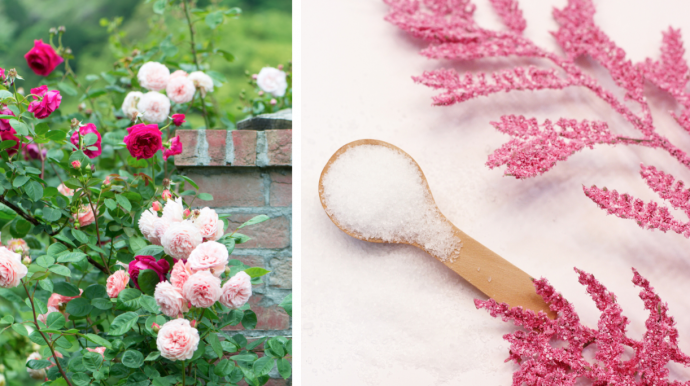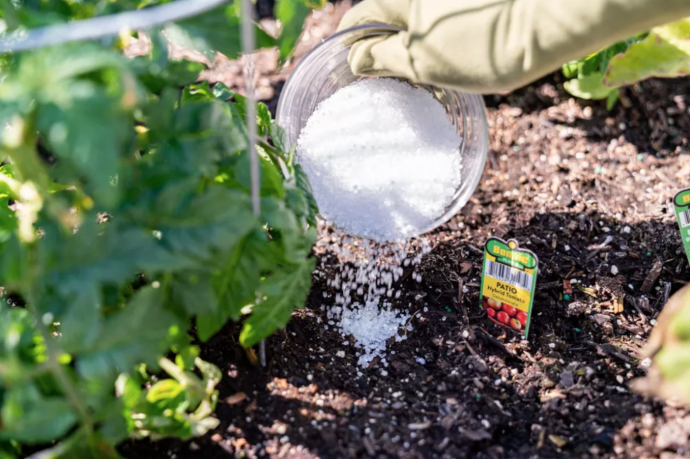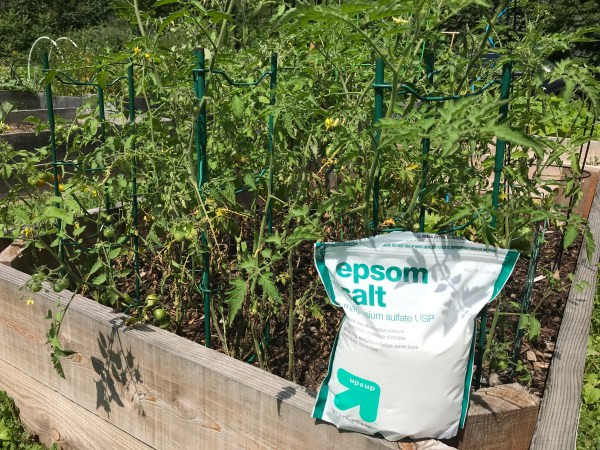Discover The Power Of Epsom Salt

You’re probably familiar with the amazing, healing properties of Epsom salts. But did you know these minerals are a powerful superfood for your garden too? Learn how magnesium-sulfate, being a fast-acting affordable fertilizer, can boost plant health, deter pests, and bring a host of other benefits to your lawn, flowers, veggies, and more. Magnesium-sulfate (which looks like ordinary table salt) can help increase nutrient absorption in plants.
Epsom Salt is named for the town where it was discovered: Epsom, England. This product has been used to treat ailments and fertilize plants for more than a hundred years. Applying this mineral to your garden is an inexpensive fertilizer hack that has a big impact on your plants.
What is Epsom Salt Supposed to Do for Plants?
Epsom salt contains hydrated magnesium sulfate, two elements central to plant growth.
Sulfur (13%) is crucial to the inner workings of plants, but it is almost never lacking in the soil, thanks in part to synthetic fertilizers and acid rain.
Magnesium (10%) can become scarce in soil, usually because of erosion or depletion of the topsoil or a pH imbalance. Some plants, like lettuce and spinach, don’t mind going without magnesium. Others may exhibit symptoms such as leaf curling and stunted growth, although these symptoms could be attributed to more than one cause. Magnesium deficiency has even been blamed as a cause for bitter tomatoes, probably because the deficiency inhibits photosynthesis.
In general, magnesium plays a role in strengthening the plant cell walls, allowing the plant to take in the nutrients it needs. It also aids in seed germination, photosynthesis, and in the formation of fruits and seeds.
Before you consider applying Epsom salt to your garden, it is important to have your soil tested to determine whether it is actually magnesium deficient. Adding too much Epsom salt to your garden is adding excessive magnesium to your beds. Therefore, test the soil first and if you do have a deficiency, Epsom salt can help correct the problem, but it won’t be adequate for very large soil deficiencies. Magnesium deficiency in plants is usually seen as leaf yellowing, leaf curling, and stunted growth. An added magnesium component allows plants to better absorb nutrients such as phosphorus and nitrogen. Some plants, such as tomatoes and peppers, perform better with a consistent magnesium amendment. Here are specific ways to use Epsom salt.






